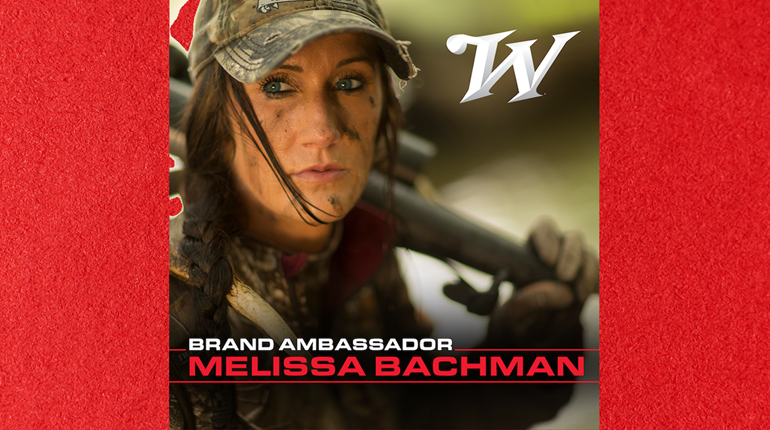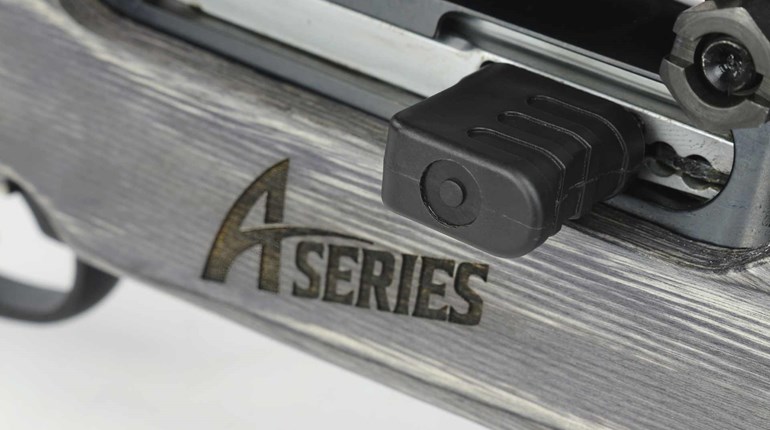As hunters we want to make quick, clean, ethical shots, and sometimes that means using bigger guns and larger calibers. But bigger doesn’t always mean better, especially if you are afraid of the recoil. You could end up flinching and completely missing or injuring your game.
When it comes to turkey guns and ammo, there are a wide variety of caliber options, so it is imperative for hunters to plan ahead in order to understand the limitations of each while discovering what you shoot most accurately. This video was created to demonstrate the capability of a .410 load compared to that of a 20 gauge and a 12 gauge.

Sure, the 12-gauge 3½” setup will put the most pellets on target. But if you give a high-recoil setup to a youth or new hunter, they may shoot it once, but they might never want to shoot again. They may or may not say why they don’t want to shoot, but most likely it’s because of the noise or the recoil. That’s why continued advancements and constant innovation in the entire hunting industry—especially ammo—is so important.
Winchester recently released its .410 Double X Diamond Grade ammo, designed specifically for turkey hunting, and offering lethal options out to 30 yards. A .410 is light to carry and has minimal recoil. For those who are recoil sensitive, this is a great option. There are other reasons for choosing a .410 load, like surgery or other medical considerations that make it inadvisable for a person to shoot a 20 or 12 gauge. My dad, for example, recently underwent open-heart surgery, and his doctor instructed him that the largest caliber he should shoot is a .410. Not wanting to give up his entire hunting season, he switched back to our old .410 and enjoyed his season.

So what does this new .410 Winchester Double X Diamond Grade offer? It comes in a 3” 7½ shot and is made with the highest antimony shot available in a turkey load. It boasts 8 percent antimony and copper plated which produces dense, hard hitting patterns that put 20 percent more pellets in a 20” circle at 30 yards when compared to standard 7½” lead shot.
Now for the comparison. I’ve always been a visual learner, so I put together a video showcasing all three of these calibers side by side at both 20 and 30 yards, as these are where about 95 percent of all my turkey shots take place. The first gun is my old Winchester .410 which is a break-open single shot that comes with a full choke. (I’m not able to change out chokes on this, so what you see is what you get.) I’m shooting 3” 7½ shot in Winchester Double X Diamond Grade out of the .410.
For the 20 gauge I’m shooting a Winchester SX4 NWTF Cantilever Turkey gun that features a rail. I topped it with an EOTech holographic sight. As far as ammo, I’m using Winchester Long Beard XR in 3” 5-shot with an Invector Plus extra full choke that comes with the gun. This produced a little larger pattern, which can be beneficial, and did a great job at both 20 and 30 yards. I’ve shot this all the way out to 50 yards with lethal patterns on turkeys, which is super impressive for a 20 gauge.

For the 12-gauge setup, I used the Winchester SX4 Waterfowl Hunter. I had it tapped and drilled so I could put a rail on top for my EOTech holographic sight. For a choke I installed the Invector Plus extra full turkey choke. For ammo, I’m shooting the Winchester Long Beard XR in a 3½” 5-shot, and the patterns are truly incredible. This is by far my longest reaching setup, and the patterns are a bit tighter at these closer ranges, but will give you unbelievable patterns all the way out to 70 yards.
In the end it’s all about deciding what is best for your setup and what you shoot best. And remember to always check your local regulations as to what calibers are legal for hunting turkeys in your area.
















































